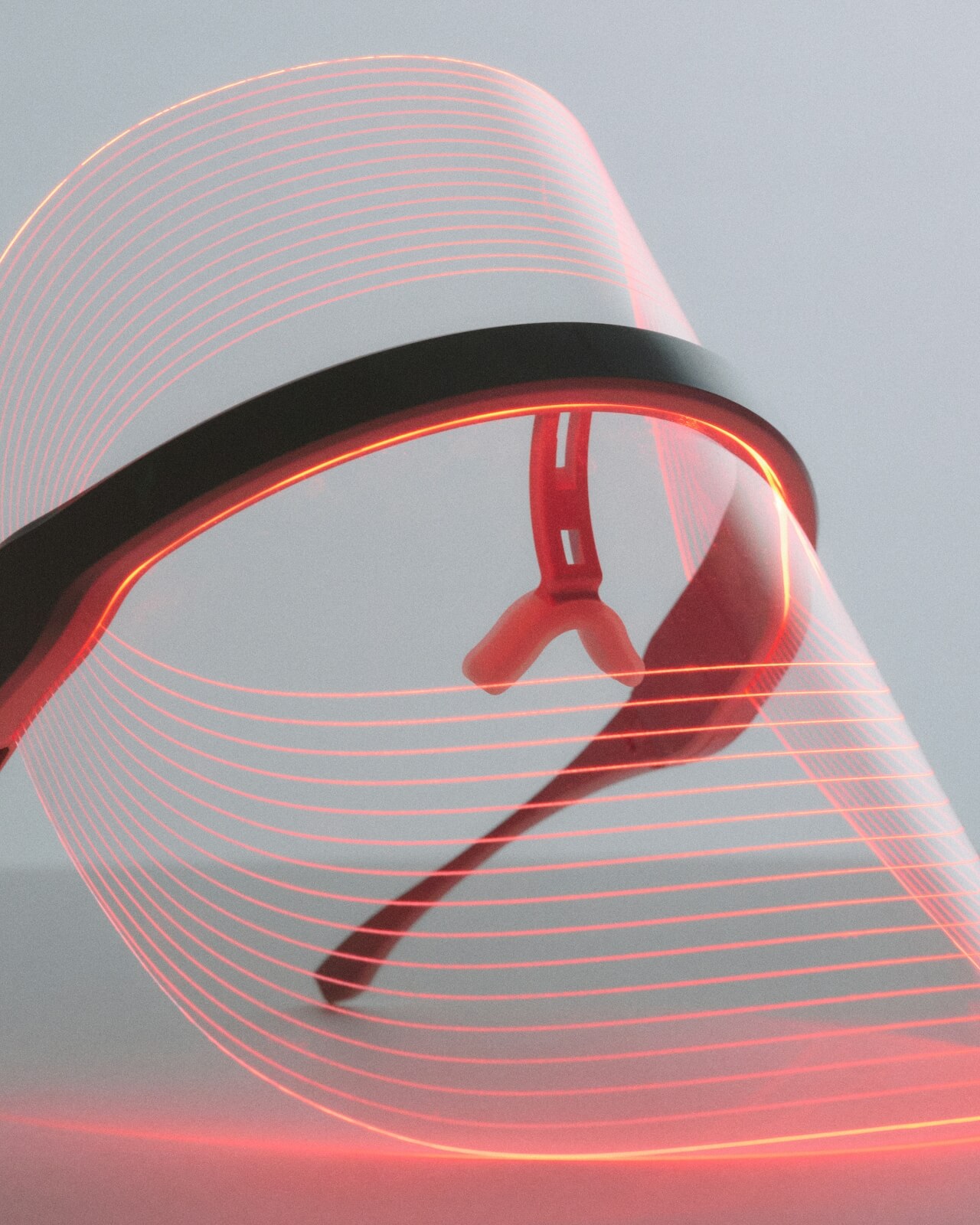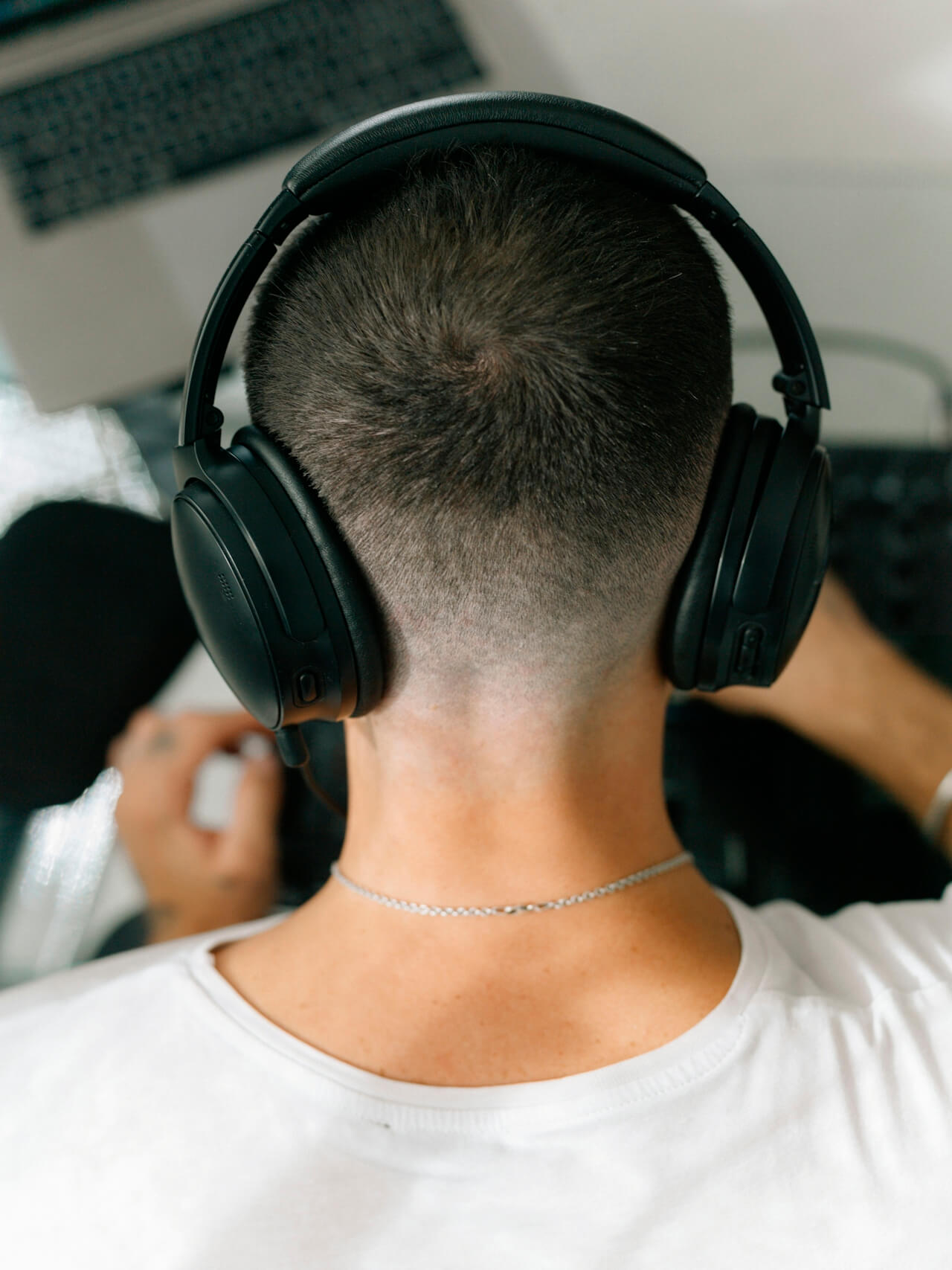Last week, I watched a junior designer present seventeen logo variations to a client. Not because they couldn't decide, but because their AI tools made it too easy to keep going. The meeting lasted three hours. The client chose option two.
This is the paradox of AI collaboration in design right now. We have infinite possibilities, but somehow less clarity. We can generate a thousand ideas before lunch, yet struggle to find the one that matters. The tools are revolutionary, but we're still figuring out the revolution.
The real shift isn't in what AI can make—it's in how it changes the conversations we have. When a strategist and designer sit down with Claude or GPT-4, they're not replacing their creative process. They're adding a third voice to the room, one that never gets tired, never runs out of references, and never takes feedback personally.
"I used to guard my creative process like a secret recipe. Now I realize the magic happens when you let the tools challenge your assumptions," says 67961be73378773c7b3d3674.
The New Creative Triangle
Traditional creative teams operated in pairs—copywriter and art director, strategist and designer. AI collaboration in design creates a triangle, and that geometry changes everything. The machine becomes a creative sparring partner that pushes back in unexpected ways.
Take Pentagram's recent work with Mastercard. While the final mark is elegantly simple, the exploration phase reportedly involved AI tools generating hundreds of variations on circular geometry. Not to replace human judgment, but to exhaust possibilities faster than any human team could.
The best creative directors I know aren't threatened by this. They're using AI to skip past the obvious ideas—the ones that used to eat up the first week of any project. When you can generate and dismiss fifty directions in an afternoon, you reach interesting territory faster.
Breaking the Precious Syndrome
Every designer knows the feeling. You spend hours on a concept, fall in love with it, then defend it against all logic. AI collaboration in design kills this preciousness, and that's liberating. When ideas cost nothing to create, you're free to kill them without mourning.
Studios like Metabrand explore how identity evolves at the intersection of design and technology. What we're seeing is a shift from "protecting the idea" to "evolving the system." Brand identity becomes less about a perfect logo and more about a living framework that responds and adapts.
The most successful brands of the next decade won't be the ones with the best logo. They'll be the ones with the most adaptive design systems—identities that learn and evolve through every customer interaction.
This changes how we pitch, too. Instead of showing three safe options, teams can explore fifty wild directions, find patterns, then distill down to something genuinely unexpected. The client conversation shifts from "which one do you like?" to "here's what we discovered."
The Human Premium
Here's what AI collaboration in design can't do: sit across from a founder and understand why they started their company after their dad's heart attack. It can't walk through a flagship store and feel how the lighting makes people slow down. It can't know that the client saying "make it pop" really means they're scared of being ignored.
This is where human creativity becomes more valuable, not less. Our job shifts from pixel-pushing to meaning-making. We become cultural translators, emotional architects, vibe curators—all the intangible roles that make a brand feel alive.
I've watched teams use Midjourney to generate mood boards in minutes, then spend hours debating which images capture the right feeling. The tool accelerates production but amplifies the importance of taste. When everyone can make something beautiful, the differentiator becomes knowing what beautiful means for this specific moment, this specific brand.
The Collaboration Paradox
The strangest part of AI collaboration in design? It's making human collaboration more important. When your AI assistant can handle production, team meetings become about strategy, storytelling, and gut checks. The conversations get richer because we're not debating kerning anymore.
Young designers who grow up with these tools will have a fundamentally different relationship with creativity. They won't know the pain of manually creating forty variations of a lockup. But they'll also never develop certain muscles—the patience that comes from craft, the intuition built through repetition.
We're in a messy middle moment. The tools are powerful but clunky. The workflows are emerging but not standardized. Every studio is figuring out their own way to integrate AI without losing their soul. It's chaotic and exciting and occasionally frustrating.
Five years from now, we'll look back at current AI collaboration in design the way we look at early Photoshop—revolutionary but primitive. The brands being built today with these tools will either feel prophetic or dated. There's no way to know which, and that uncertainty is exactly where interesting work happens.










